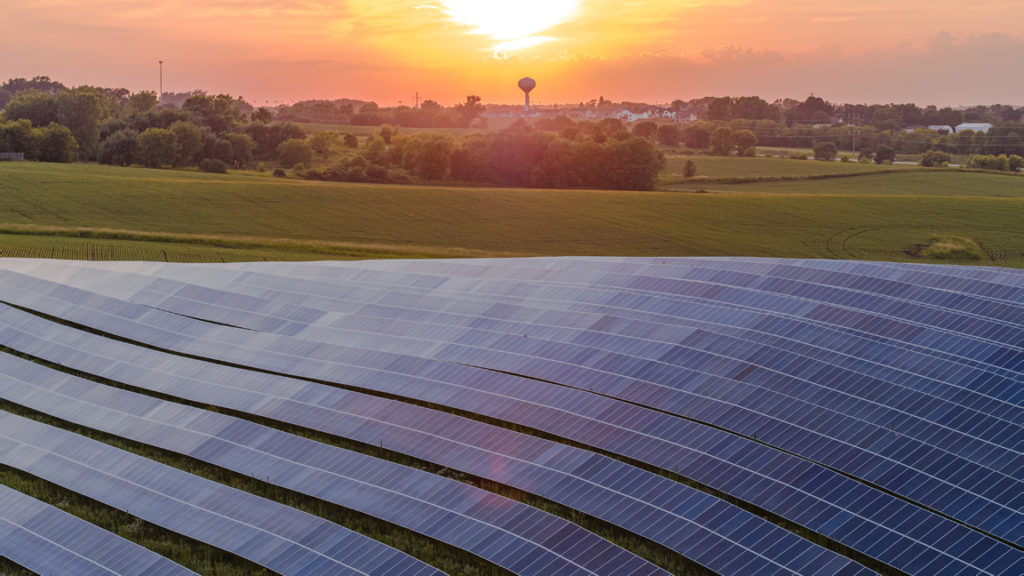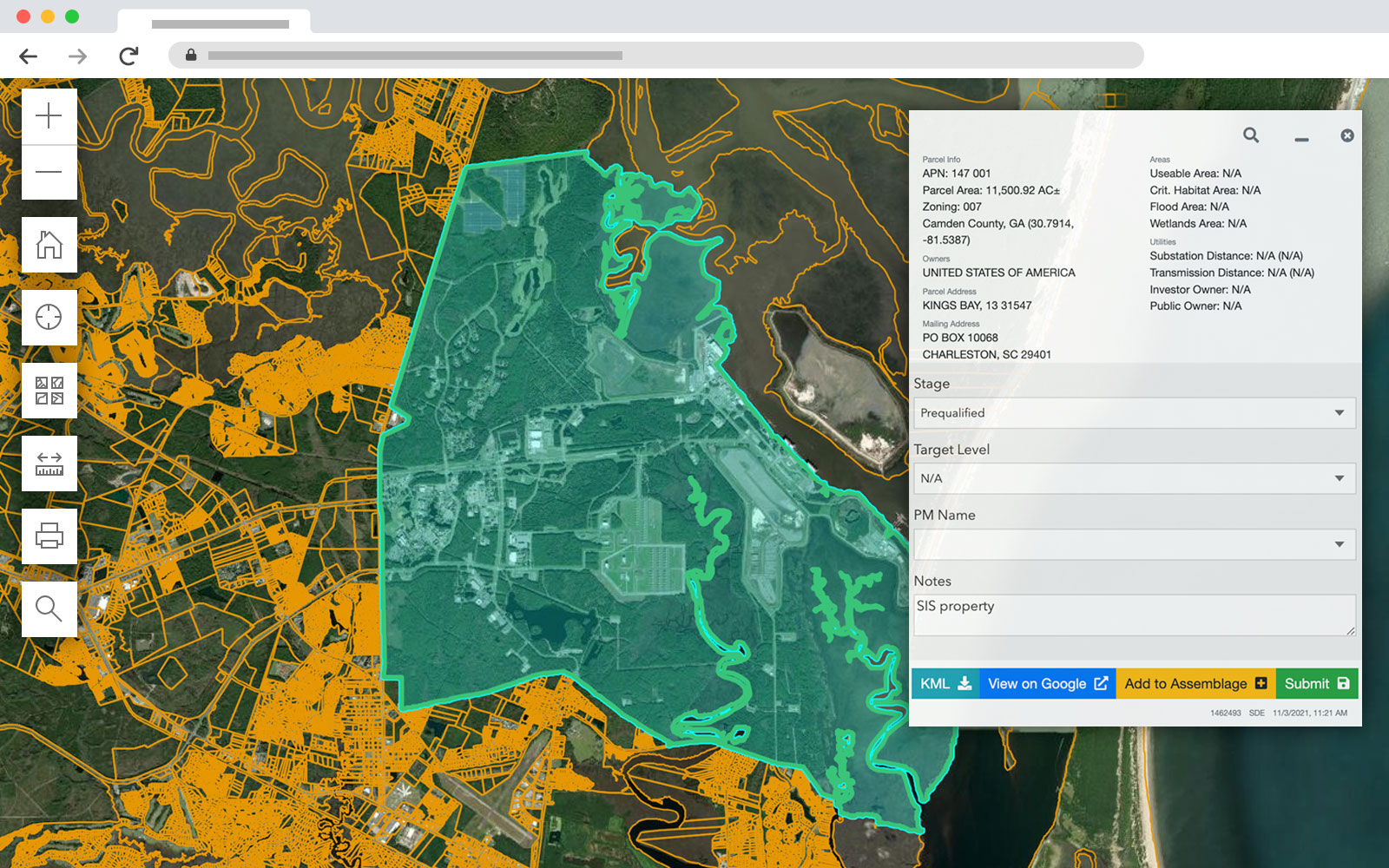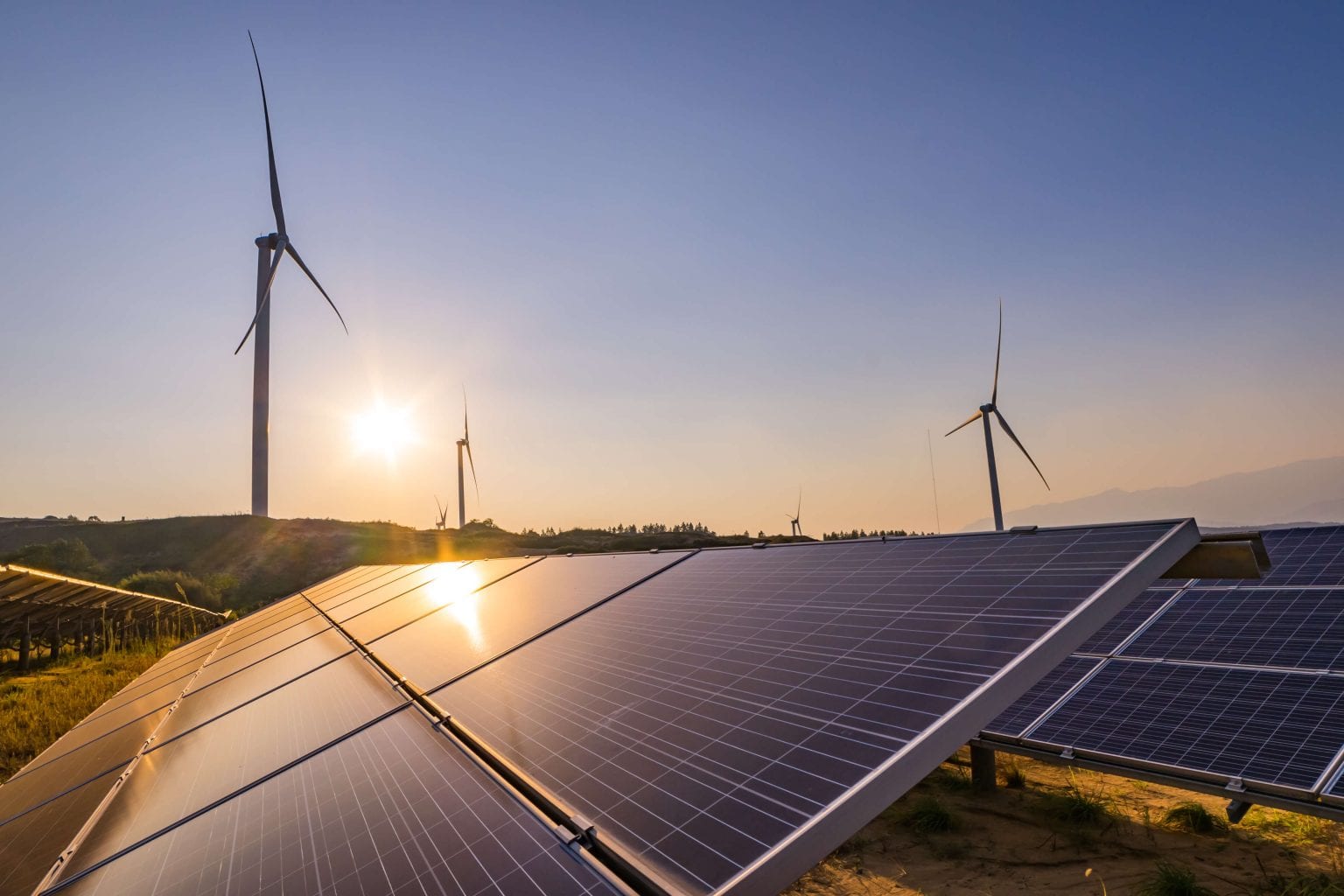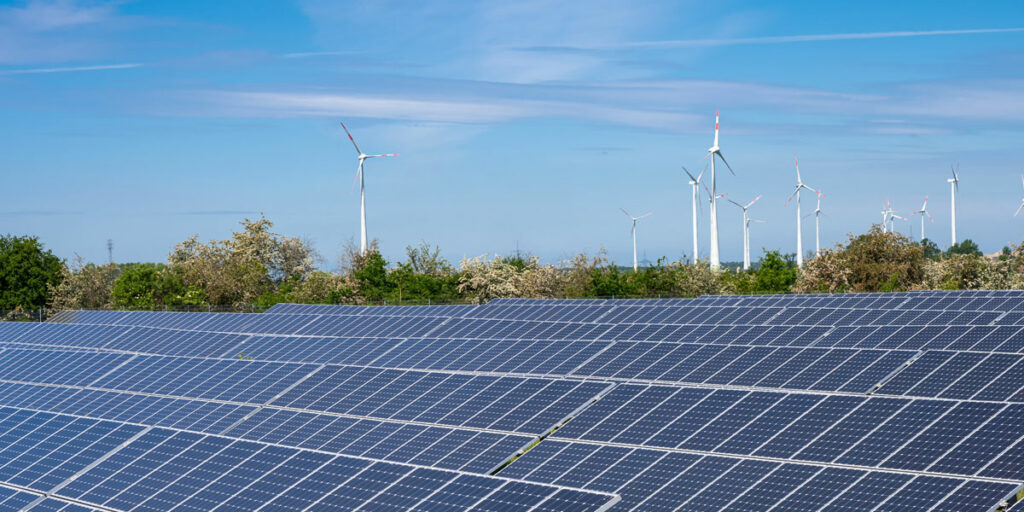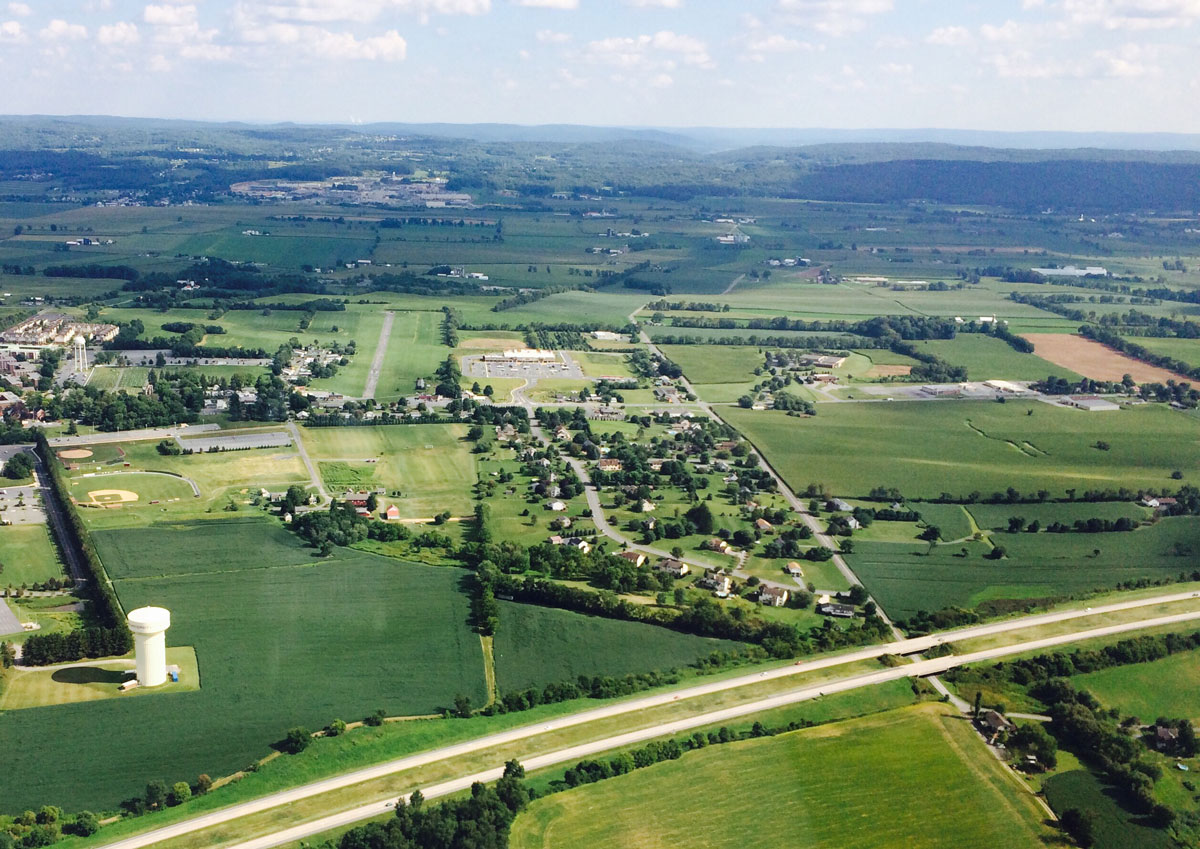President Biden was elected on promises that (among other things) he would launch a Clean Energy Revolution in the United States that would eventually help the country achieve the ambitious goal of net-zero carbon emissions by 2050. Rystad Energy has estimated that we would need about 13,412 square miles of land to install all the solar panels needed to help bring about this great transition from fossil fuels to renewable energy.
Some alarmist voices have raised concerns as to the availability of land to achieve said objectives. At NLR Solar, we do not share that concern. While the required space does speak to the imagination, the room we need is still only about 0.43 percent of the total land area of the contiguous 48 states. By 2050, 89 percent of the U.S. population will live in urban areas. Leave these urban areas, and you will find enough space for the solar farms we will need.
NIMBY
It is not the scarcity of land that will give us trouble, but a phenomenon known as NIMBY—an acronym for the phrase “not in my backyard”—where everybody likes the idea of solar farms, but nobody wants to actually live next to one.
Our team has seen so many promising projects crumble to pieces because the local community would not approve of the development. Developers throughout the country and of all kinds will eventually find themselves stuck with the task of having to convince local communities to be okay with certain projects. Solar projects in particular can elicit resentment with a few individuals at first, even though ultimately they will benefit the entire community.
A great example is one recent project based in Rhode Island. The local community was in favor of solar energy, but when it came time to decide where the solar farm would be, nobody wanted to have it close to their own home. They said it was “unsightly!” The only destination no one seemed to object to was the landfill. The citizens had to be convinced that the farm could not be placed there because it was not anywhere close to a power line or substation. So what can developers do to sell the local community on welcoming a new solar farm in their community?


4 Keys to Selling Solar Energy
Be Transparent
Developers should not sugarcoat any part of the project. Be open about what will end up where and how it will look, but also be transparent about why certain options are simply not available. You can not simply put a solar farm in the middle of nowhere, even if intuitively the word “farm” might make you believe otherwise. You need a solar farm to be close to either a substation or power line. So, explain to people what criteria need to be met by the location where the solar farm is going and why and how the location you have in mind fits the bill perfectly.
Give People A Voice
Allow people to voice their concerns and listen to their grievances. Sometimes their grievances will be based on information you will be able to correct (one common grievance is that the solar farm will take agriculture out of production). Sometimes people will be well-informed about the facts, but you will still be able to explain to them why they should embrace the project. Also, listening to concerns and questions is poised to help you further tune and expand on your communication. You will learn quickly where you have been incomplete, inconsistent, or not transparent enough.
Inoculate Against Firebrands
The large majority will not go up in arms against a solar farm; however, there will often be one or two firebrands (usually the immediate neighbors) who will stir up emotions and risk triggering an escalation of protests. You can not silence your detractors, it is better to apply what psychologists have called an “inoculation” technique, whereby you are up-front with your audience about possible objections and then explain why those objections are ill-informed.
Give Back to the Community
When PILOT programs are in place—”Payments In Lieu Of Taxes”, an arrangement where the developer pays a sum of money to the local municipality to compensate for tax revenue losses that will come with the tax exempt use of the real estate—some of the monies paid by the developer can easily be used to invest in the local community. While it is not the developer per se who will decide on how the money will be allocated (a new park, books for the library, new equipment for the football team, etc.), there is no reason why developers should feel shy about presenting the projected investment of additional resources in the local community as an important benefit offered by the project.
The Bottom Line
There is no lack of room in the U.S. to fulfill its solar energy needs in the future; however, developers will continue to need to communicate transparently, give people who are concerned a voice, inoculate (where necessary) against firebrands, and explain the benefits of the PILOT programs in place.
If you’re a developer in need of partners who are experts in land acquisition within the solar industry, consider Scout Land Consultants. Our team has secured site control on over 1,400 properties across the U.S.
If you’re a landowner interested in being a part of this exciting new push toward sustainable energy, contact us for a complimentary evaluation of your property!
